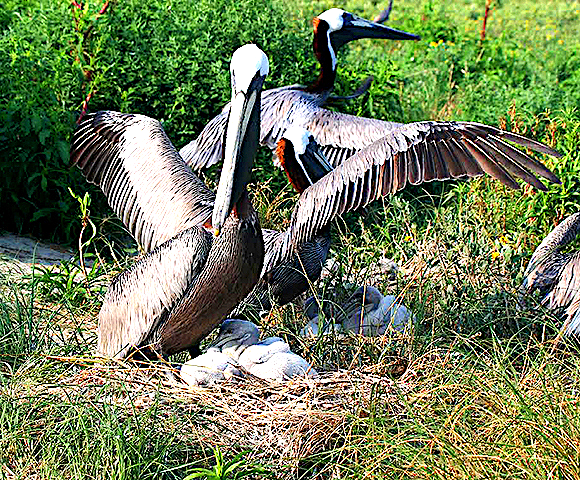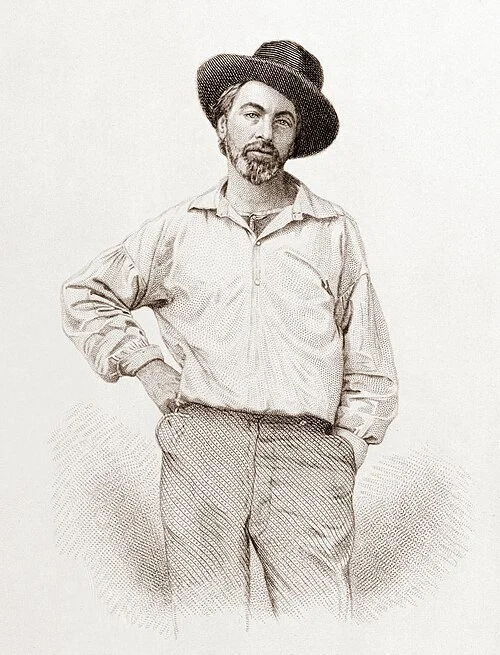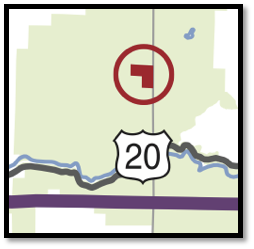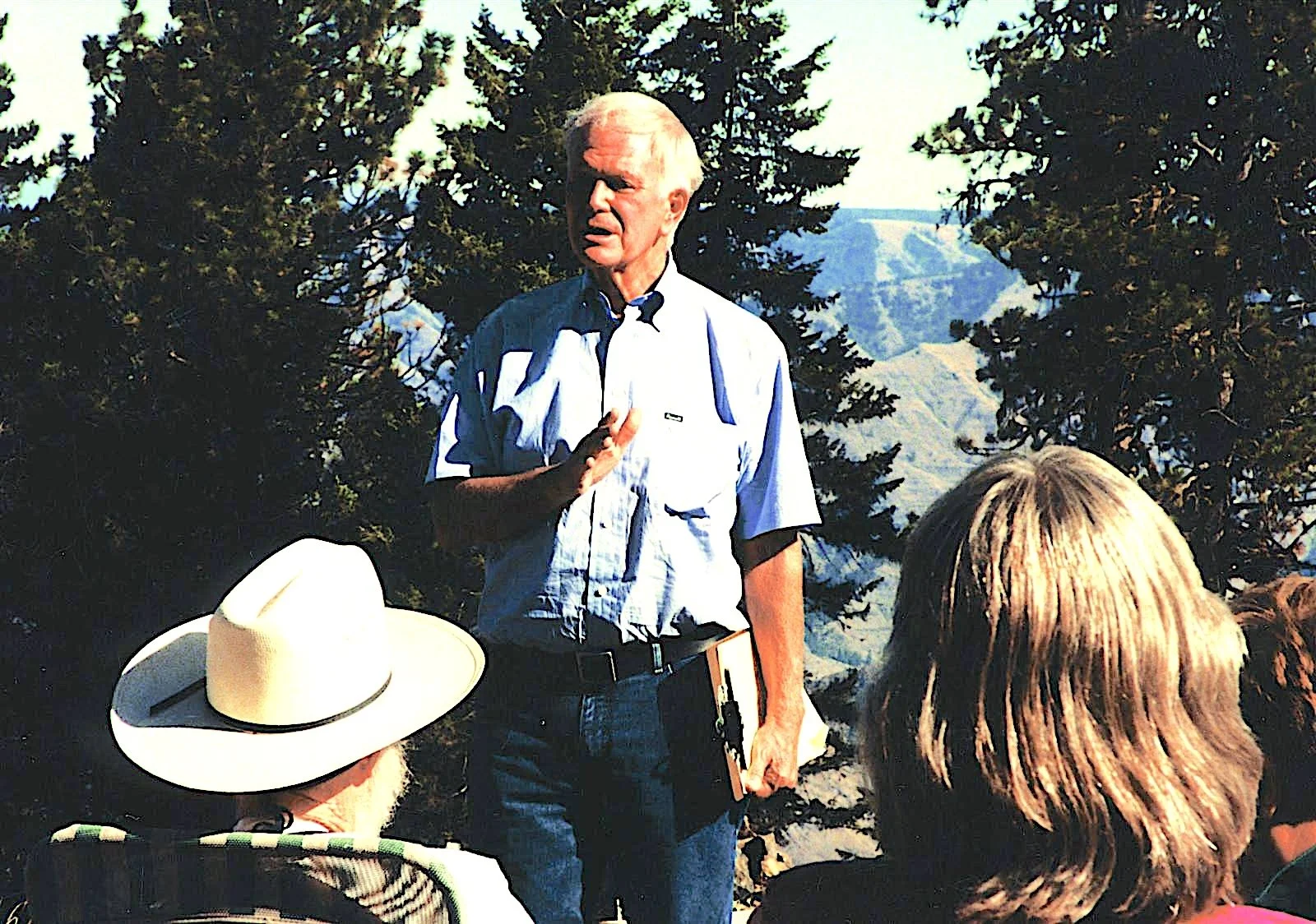Sort By Category
- 30x30
- Administration
- Antiquities Act
- Book Reviews
- Bureau of Land Management
- Climate Change
- Climate change
- Coasts
- Congress
- Counties & Federal Lands
- Courts
- Courts & Litigation
- Department of Agriculture
- Department of Interior
- Deserts
- Ecological Reserves
- Ecosystems
- Elections
- Endangered Species
- Energy
- Estuaries
- Federal Lands
- Fish
- Fish and Wildlife Service
- Forest Fires
- Forest Service
- Forestry
- Forests
- Grasslands
- Land & Water Cons. Fund
- Land & Water Conservation Fund
- Legislation
- Litigation
- Livestock Grazing
- Marine Protected Areas
- Marine Sanctuaries
- Mature & Old-Growth Forests
- Mining
- Nat'l Conservation Lands
- National Forest System
- National Marine Sanctuaries
- National Monuments
- National Monuments Act
- National Park Service
- National Park System
- National Parks
- National Recreation Area
- National Scenic Area
- National Trails System
- National Wildlife Refuges
Sort By Tag
- 1002 area
- 30x30
- 5th Amendment
- ANWR
- Acadia National Park
- Adam Smith
- Administrative Procedure Act
- Advancing Conservation and Education Act
- Alan Bates
- Alan Deboer
- Alaska
- Alaska National Interest Lands Act
- Alaska Native Claims Settlement Act
- Aldo Leopold
- American Forest Resource Council
- American Prairie Reserve
- American Tree Farm System
- American beef supply
- American black duck
- American woodcock
- Ammon Bundy
- Ancient Forest National Park
- Anders Eskil Carlson
- Andrea Salinas
- Andy Kerr
- Animal unit month
- Ansel Adams
- Antiquities Act
- Applegate Primitive Backcountry Area
- Aqua Fria National Monument
- Aquatic Conservation Strategy
- Aquatic Conservation and Riparian Strategy
- Arches National Monument
- Arches National Park
- Arctic National Wildlife Refuge
- Areas of Critical Environmental Concern
- Army Corps of Engineers
- Association of O&C Counties
- Astoria Canyon
- Astoria Fan
- Atlantic Coast
- Augusta Canal NHA
- Avarna Group
- Avi Kaw Ame
- BLM Conservation Rule
- BLM Zone 3 Lands
- BOEM Oregon Planning Area
- Baboquivari Peak Wilderness
- Baker County
- Bald Mountain Road
The National Wildlife Refuge System, Part 3: Time to Double Down
During this Trumpian Quadrennium, with a Congress hostile to conservation, the chances of expanding the National Wildlife Refuge System (NWRS) approach zero. Yet the need to double the size of the system has never been greater, so now is the time to start.
The National Wildlife Refuge System, Part 2: Historical Evolution and Current Challenges
The purposes and boundaries of Oregon’s Malheur National Wildlife Refuge can only be divined by examining at least a dozen acts of Congress, presidential actions, and administrative decisions.
The National Wildlife Refuge System, Part 1: An Overview
Pelican Island in the Indian River Lagoon in Florida was the home to an extraordinary number of native birds, many of which were threatened by plume hunters meeting the hot market for feathers (and even whole birds) for women’s hats.
Why Wilderness?
Without enough wilderness America will change. Democracy . . . must be fibred and vitalized by regular contact with outdoor growths—animals, trees, sun warmth and free skies—or it will dwindle and pale. —Walt Whitman
Privatizing Federal Public Lands in Western Oregon
Following are seven examples of high-public-value BLM Zone 3 lands in western Oregon that should be reclassified or transferred. The parcels in question are shown on the map segments to the left of their descriptions. I’m confident that a similar analysis of BLM eastern Oregon lands will yield similar examples.
National Forests in the Western United States: A Magnificent Start and More to Establish
Until the latter third of the nineteenth century, forests in the United States were considered inexhaustible—not renewable, but inexhaustible. But by the 1880s, with watersheds on public and private lands were being decimated by unrestrained logging and grazing, an emerging conservation movement was beginning to convince the public—and would eventually convince Congress—that something needed to be done.
Converting Private Timberlands Back to Public Forestlands
History has shown we cannot rely on the private sector to conserve forests, protect drinking water, and provide other public values, including wildlife habitat, recreation opportunities, and scenic views. The private values of timberlands are in conflict with these public values and are driven by a desire to maximize profit, return on investment, and net present value.
Remembering U.S. Senator Richard L. Neuberger, Oregon Conservationist
Given Oregon’s historically close ties to the timber industry, it is hard to imagine that a U.S. senator from Oregon could be a co-sponsor of the original legislation that became the Wilderness Act of 1964.
Preremembering Bob Packwood, Oregon Conservationist
The Snake River in Hells Canyon would be dammed today if not for former Senator Bob Packwood (R-OR). The French Pete watershed would not have been returned to its rightful place in the Three Sisters Wilderness if not for Packwood.
National Forests in the Eastern United States: An Incomplete Legacy
Take a gander at your favorite statewide maps, on paper or in Google Maps, and you may be left with the impression that those green polygons labeled National Forest are indeed solid expanses of national forest. In the West and Alaska, mostly yes; in the East, not so much.









